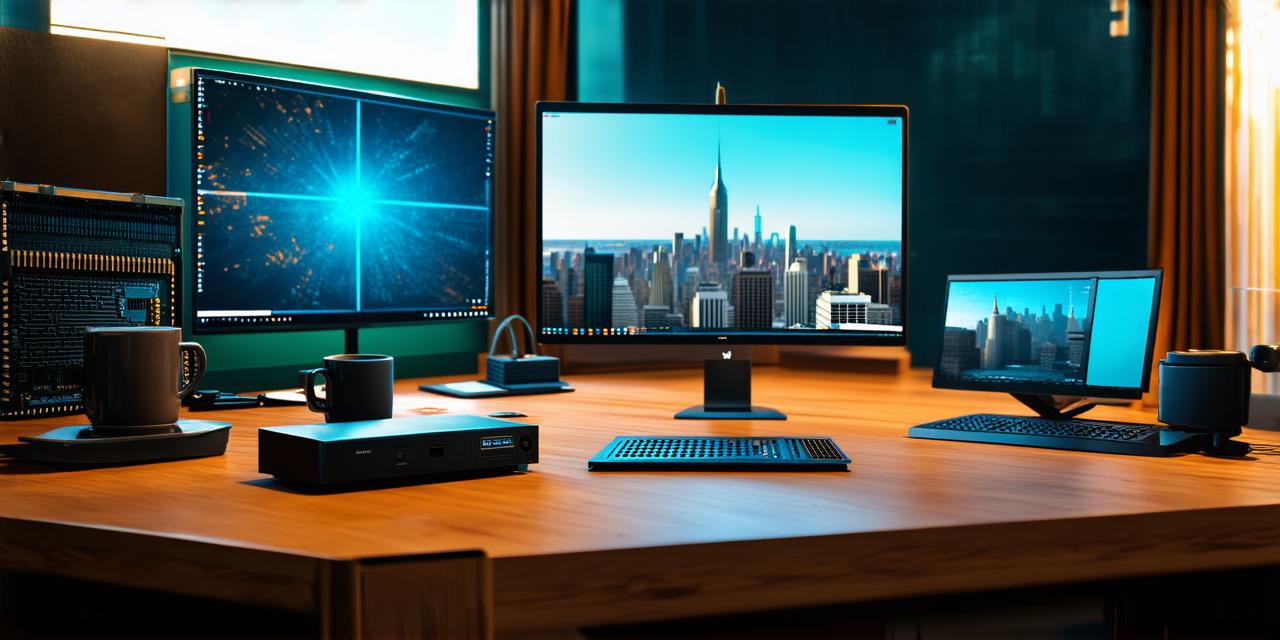1. Opening the Console
The first step in using the console is to open it. To do this, you can press “Ctrl + Shift + R” on your keyboard or click on the “Console” button in the toolbar at the top of the Unreal Editor window.
2. Basic Commands
Once the console is open, you can use a variety of basic commands to interact with the engine. Some of these commands include:
- `quit`: Exits the console and closes the Unreal Editor window.
- `help`: Displays a list of available console commands.
- `echo`: Prints text to the console without executing any commands.
- `print`: Prints text to the console and also displays it in the Output window.
3. Advanced Commands
In addition to basic commands, there are many advanced commands available in Unreal Engine’s console. Some of these commands include:
- `exec`: Executes a command as if it had been typed into the console.
- `alias`: Defines a shortcut for a longer command.
- `source`: Executes a file as if its contents had been typed into the console.
- `debug`: Enables debugging mode, which provides additional information about the engine’s behavior.
4. Console Filters
One of the great features of Unreal Engine’s console is the ability to filter the output based on specific criteria. This can be especially useful when working with large amounts of data or when trying to troubleshoot an issue. Some of the available console filters include:
- `error`: Shows only error messages.
- `warning`: Shows only warning messages.
- `info`: Shows information messages.
- `trace`: Shows trace messages, which provide detailed information about the engine’s behavior.
5. Console Scripting
In addition to basic and advanced commands, Unreal Engine’s console also supports scripting. This allows developers to write custom scripts to automate tasks, modify settings, and interact with the engine in more complex ways. Some popular console scripting languages include Blueprints and C++.
Conclusion
Unreal Engine’s console is a powerful tool for game development, providing quick and easy access to many of the engine’s features and settings. By using basic and advanced commands, console filters, and scripting, developers can streamline their workflow, troubleshoot issues, and create more immersive and interactive games.
